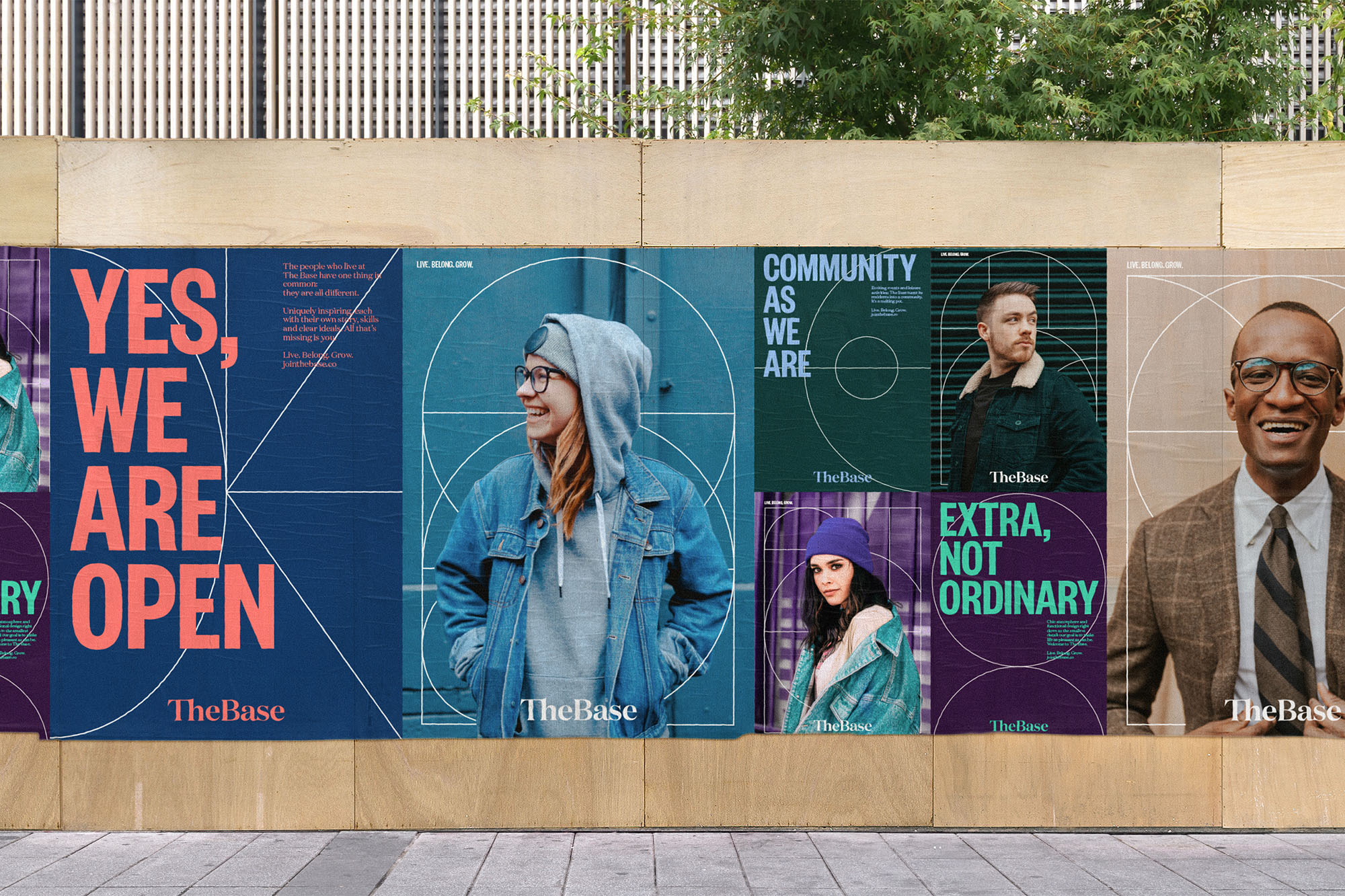
Communal Living on the Rise: The Growth of Co-living Communities
The housing landscape is experiencing a notable shift as co-living communities gain popularity. From urban centers to suburban areas, the growth of co-living is reshaping the way individuals choose to dwell. Let’s delve into the key factors fueling the rise of co-living communities and their impact on the concept of shared living.
The Evolution of Co-living: Beyond Shared Spaces
Co-living has evolved beyond the traditional shared housing model. Today, co-living communities offer more than just shared living spaces; they provide a curated lifestyle for residents. These communities focus on fostering connections, creating a sense of belonging, and offering amenities that cater to the needs and preferences of modern individuals seeking more than just a place to stay.
Addressing Urban Housing Challenges
In urban areas where housing shortages and high living costs are prevalent, co-living communities present a practical solution. By optimizing space and utilizing shared resources, co-living accommodates a larger population in a more sustainable manner. This approach helps address the challenges of urban living, providing affordable and community-driven housing solutions.
Emphasis on Community and Social Interaction
At the core of co-living communities is the emphasis on community and social interaction. These spaces are designed to encourage residents to engage with one another through communal areas, shared activities, and collaborative events. The goal is to create a supportive and vibrant community where individuals can build meaningful connections and friendships.
Diverse and Inclusive Living Environments
Co-living communities promote diversity and inclusivity. They attract individuals from various backgrounds, professions, and cultures, creating a melting pot of experiences. This diversity enhances the communal living experience, fostering a rich tapestry of perspectives and contributing to a more inclusive and welcoming environment for all residents.
Flexible Living Arrangements
The flexibility offered by co-living arrangements is a key factor driving their growth. Residents can choose from a range of living options, from short-term stays to long-term commitments. This flexibility caters to the evolving lifestyles and preferences of individuals who may value adaptability in their living arrangements.
Tech-Driven Convenience and Efficiency
Many co-living communities leverage technology to enhance the convenience and efficiency of shared living. From smart home features to streamlined communication platforms, technology plays a crucial role in creating a seamless and connected living experience. This tech-driven approach aligns with the preferences of the modern, digitally savvy generation.
Sustainable and Eco-Friendly Practices
Co-living communities often embrace sustainable and eco-friendly practices. From energy-efficient buildings to communal gardens and recycling initiatives, these communities prioritize environmental responsibility. This commitment to sustainability aligns with the values of individuals seeking more conscious and eco-friendly living options.
Strategic Location Choices
The strategic location choices of co-living communities contribute to their appeal. Many are situated in close proximity to urban centers, public transportation, and essential amenities. This strategic positioning ensures that residents have easy access to work, entertainment, and daily necessities, enhancing the overall convenience of communal living.
Co-living Communities Growth Linking to WaslInfo.org
To explore the growth and impact of co-living communities, visit WaslInfo.org. Gain insights into the evolving trends, benefits, and considerations of co-living. Discover resources to make informed decisions about embracing the co-living lifestyle and its potential for fostering a sense of community and shared living.
A New Era of Living: Co-living Communities
In conclusion, the growth of co-living communities signifies a shift in the way individuals approach housing. Beyond shared spaces, these communities offer a lifestyle centered around community, diversity, and flexibility. As co-living continues to gain momentum, it reshapes the landscape of modern living, providing an alternative that aligns with the dynamic needs and values of today’s residents. Embrace the communal spirit, explore the growth of co-living, and consider the possibilities it presents for a thriving and connected living experience.
